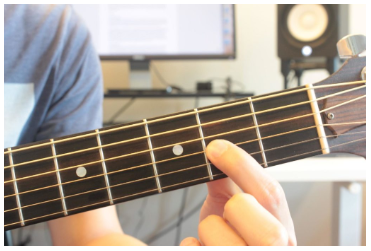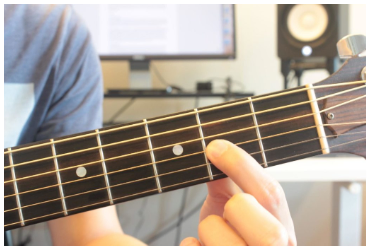Uncategorized
How much finger pressure is needed when playing the guitar?

When you start learning the guitar, one of the first obstacles is getting the right amount of finger
pressure to get a fretted note to ring out cleanly, with no buzzing sound. This will vary depending on
the type of guitar and strings used, in addition to the size and strength of the guitarist. Typically, a
classical guitar with nylon strings is the easiest to press the strings down upon, and therefore
beginner guitars are often fitted with nylon strings.
The next level up would be an electric guitar with steel strings and finally the hardest would generally be an acoustic guitar with steel strings. The thickness of the strings and the height at which they are set (this is called the action) also determine the amount of pressure needed.
With these things in mind, if you follow these steps if should make the process a lot easier:
1. Choose the appropriate guitar for your size, strength and preference in style. For example, a
younger, smaller beginner would most likely benefit from playing a low-set nylon string
guitar, which would mean far less pressure is needed. Whereas a regular sized adult could
most likely handle at least an electric guitar with steel strings, possibly an acoustic guitar
depending on their personal strength
2. Place your fretting fingers on the edge of the fret, as evidenced in the picture above. This
allows for the least amount of pressure needed and will help create a buzz-free, in-tune
sounding note
3. Make sure that your arching your fretting fingers to simulate a ‘claw’ hand shape. If you do
this and keep your thumb behind the fretboard then you should have adequate pressure to
play the note cleanly.

